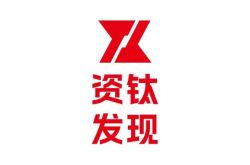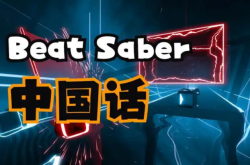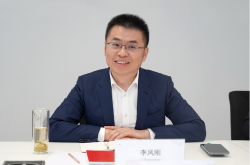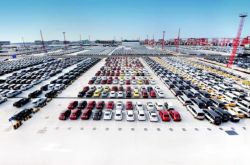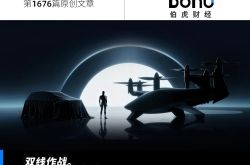Dongfeng Honda's October Predicament: Cao Dongjie's "Short-Term Blitz" Falters, "Long-Term Vision" Seeks Breakthrough
![]() 11/14 2025
11/14 2025
![]() 544
544
【Text/Deep Auto Review & Finance Three Musketeers】Amidst the vibrant hustle and bustle of the automotive industry's "Golden September and Silver October" sales peak, Dongfeng Honda finds itself plunged into an icy chasm, enveloped by a bone-chilling cold. While domestic newcomers like Leapmotor and XPeng are smashing delivery records, and independent brands such as SAIC and Geely are witnessing steady year-on-year sales growth, Dongfeng Honda's performance in October 2025 was abysmal, with terminal sales plummeting to just 28,900 units—a stark 17.4% drop from the 35,000 units sold during the same period last year. This joint venture automaker, once revered for models like the Civic and CR-V and boasting a peak annual sales volume of 850,000 units in 2020, now finds itself mired in its most daunting challenge since entering the Chinese market over two decades ago.
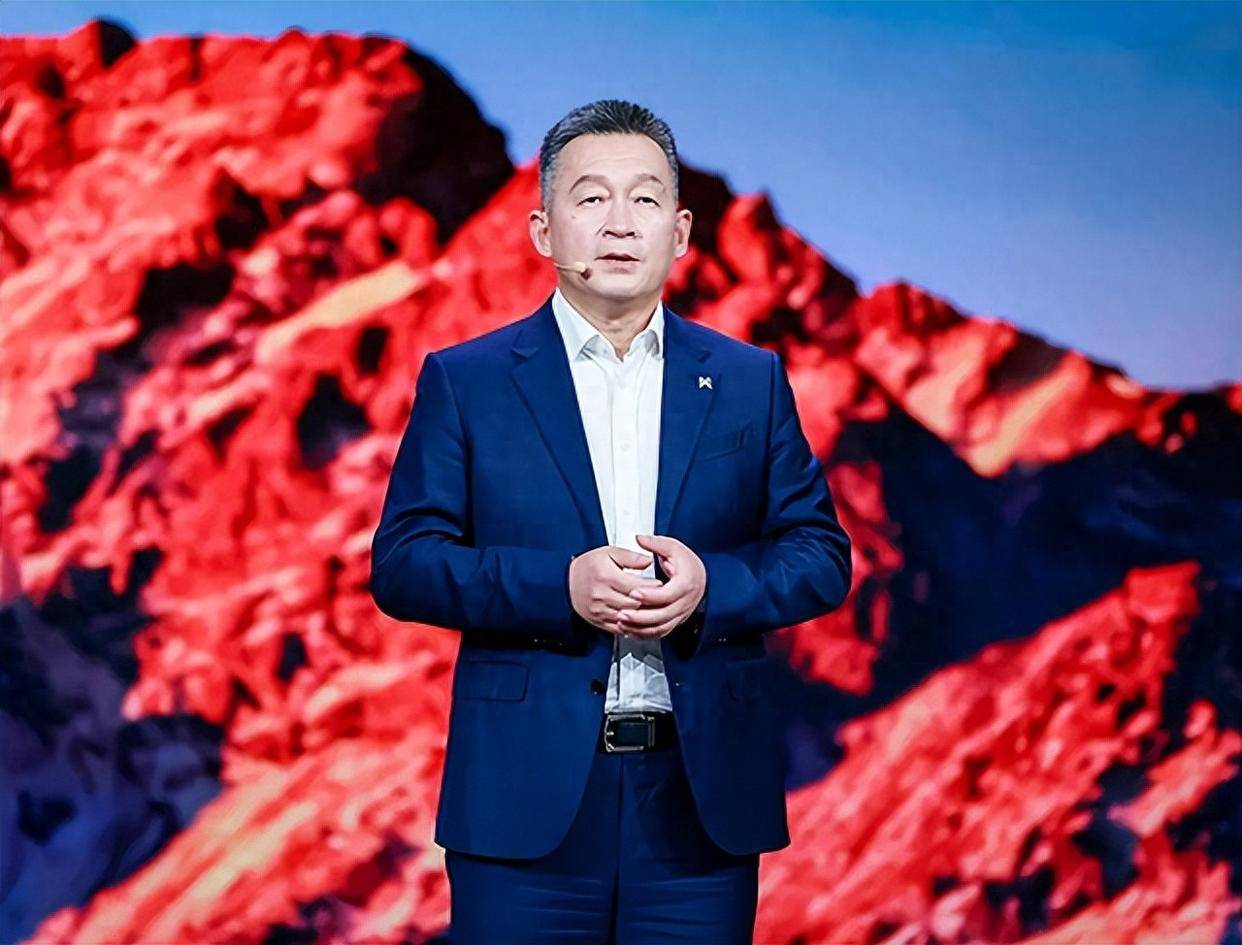
From 2020 to 2024, Dongfeng Honda's annual sales nearly halved, crashing from a peak of 850,000 units to a mere 420,000 units. In the first half of this year, it endured a 37.4% year-on-year decline, far outpacing the 25.63% drop experienced by its sibling, Guangqi Honda, and hurtling downhill like a runaway toboggan. Cao Dongjie, who assumed the role of Executive Deputy General Manager of Dongfeng Honda in September, swiftly rolled out a strategy aimed at "balancing short-term tactical maneuvers (gōng jiān, literally 'assault' or 'offensive') with long-term strategic planning (bù jú, meaning 'layout' or 'planning')," in a bid to break free from the deadlock. However, market feedback indicates that this "prescription" has not only failed to yield results but has also exacerbated the company's troubles.
Cao Dongjie's "short-term blitz" strategy initially zeroed in on after-sales service. On October 22, he spearheaded the 2025 After-Sales Service Seminar, convening over 30 dealers from five major regions across the country to deliberate on "target attainment, policy refinement, and manufacturer-dealer collaboration." He also unveiled a "Lifetime Companion" powertrain warranty plan, with the ambition of transforming after-sales from a "cost center" into a "revenue growth engine" to bolster customer loyalty. Yet, reality dealt him a harsh blow.
Data reveals that among Dongfeng Honda's dozen-plus models in October, only the CR-V managed to sell 15,100 units, and the Inspire sold 5,147 units, accounting for over 20,000 units in total sales. In contrast, the remaining ten models, including the Civic and Elysion, collectively sold less than 8,000 units. This performance pales in comparison to the monthly sales of a single CR-V or Civic during their heyday, signaling that Dongfeng Honda's glory days are a distant memory.
In the realm of new energy vehicles, Dongfeng Honda faces even steeper challenges. The all-electric SUV S7, touted as a "game-changer in intelligent electric vehicles," found itself in an awkward predicament due to a glaring mismatch between its product capabilities and pricing. With a starting price range of 259,900-309,900 yuan, it rivals the Tesla Model Y in cost, yet its range of 620-650 km falls short of the XPeng G6's 625-725 km and the BYD Tang EV's 730 km. When it comes to fast-charging time, the S7 requires 0.6 hours, while the Zeekr 001 takes a mere 0.12 hours and the XPeng G6 0.2 hours—a stark contrast that highlights its competitive disadvantage.
Despite two subsequent price reductions, bringing the starting price down to 199,900 yuan and offering employee discounts and trade-in subsidies, consumers remained unimpressed. From April to August, the S7 sold fewer than 100 units for five consecutive months, barely rising to 400 units in September—a negligible figure compared to the XPeng G6's 3,978 units and the Zeekr 7X's 5,524 units sold during the same period. What further irked consumers was the S7's intelligent driving configuration strategy, which only included L2-level intelligent driving assistance as standard, with advanced features like highway navigation and intelligent parking requiring additional purchases. The highway navigation assistance add-on costs 14,000 yuan and is valid for only five years. In today's market, even 100,000-yuan-level domestic models come standard with "parking lot to parking lot" intelligent driving functions, making the S7's "pay-twice" strategy a major deterrent for consumers.
Cao Dongjie's "long-term vision (bù jú, meaning 'layout' or 'planning')" revolves around Dongfeng Honda's "Future 2030" intelligent electric strategy. However, this strategy currently remains more of a conceptual framework than a tangible plan, lacking concrete implementation. The S7's lukewarm reception as a core transformation product has exposed severe deficiencies in Dongfeng Honda's new energy product lineup. Compared to the rapid model iterations and breakthroughs in three-electric technologies by domestic automakers, Dongfeng Honda has neither presented core technologies to rival its competitors nor outlined clear plans for new all-electric models.
The earlier closure of its second factory, with an annual capacity of 240,000 units, and the layoff of 2,000 employees, while justified as "capacity optimization to accelerate electrification," have not been accompanied by technological breakthroughs or capacity expansion plans at the newly commissioned new energy factory, beyond improved automation levels. This appears more as a passive contraction in response to declining sales rather than a proactive transformation strategy. This confusion is not confined to Dongfeng Honda but also extends to the Honda Group level. According to Honda's Q1 FY2026 financial report, net sales decreased by 1.2% year-on-year, operating profit plummeted by 49.6%, and net profit nearly halved with a 50.2% decline. Dongfeng Honda's sales slump has undoubtedly become a significant drag on the Honda Group.
Dongfeng Honda's predicament is not an isolated incident but a common reflection of traditional joint venture automakers amidst the new energy revolution. During the fuel vehicle era, Japanese cars were renowned for their "fuel efficiency, durability, and low maintenance costs," but these traits have now become standard in new energy vehicles, loosening users' "loyalty" to joint venture brands. Cao Dongjie's emphasis at the seminar on "creating products that Chinese market customers are willing to pay for" strikes a chord but lacks a concrete solution to break the stereotype of "joint venture electric vehicles being behind in intelligence and low in cost-effectiveness."
Currently, the pace of new product launches in the Chinese automotive market has reached a "multiple launches per day" rhythm, with domestic automakers continuously raising user expectations through innovations in intelligent driving and three-electric technologies. For Dongfeng Honda, Cao Dongjie's "short-term blitz" will struggle to reverse sales declines if it merely focuses on service optimization, while the "long-term vision" risks becoming increasingly passive in the transformation wave if it fails to swiftly clarify its intelligent electric technology roadmap and launch competitive products, ultimately leading to elimination by the market. Whether this once-mighty joint venture giant can survive this "harsh winter" remains an open question.

